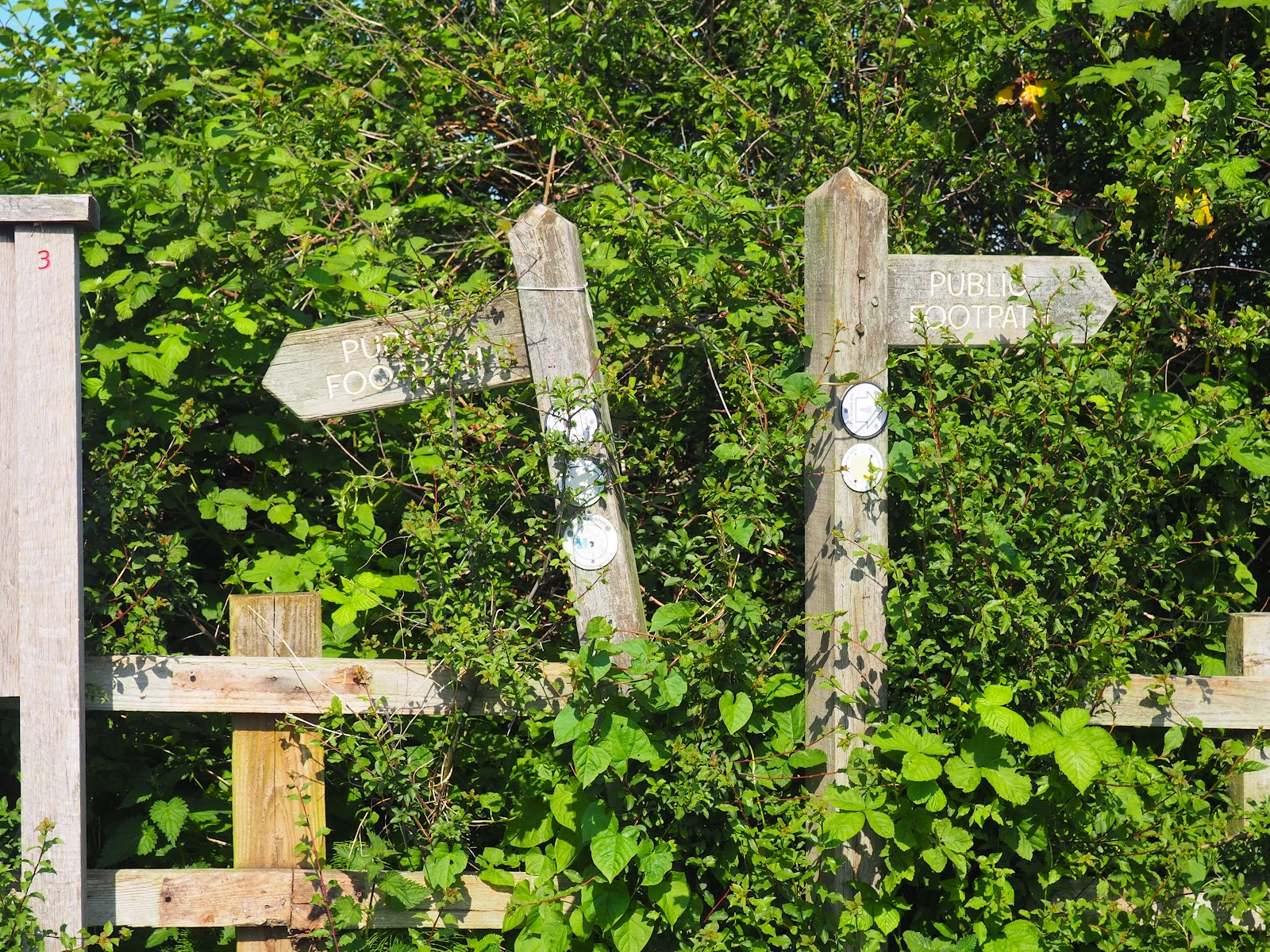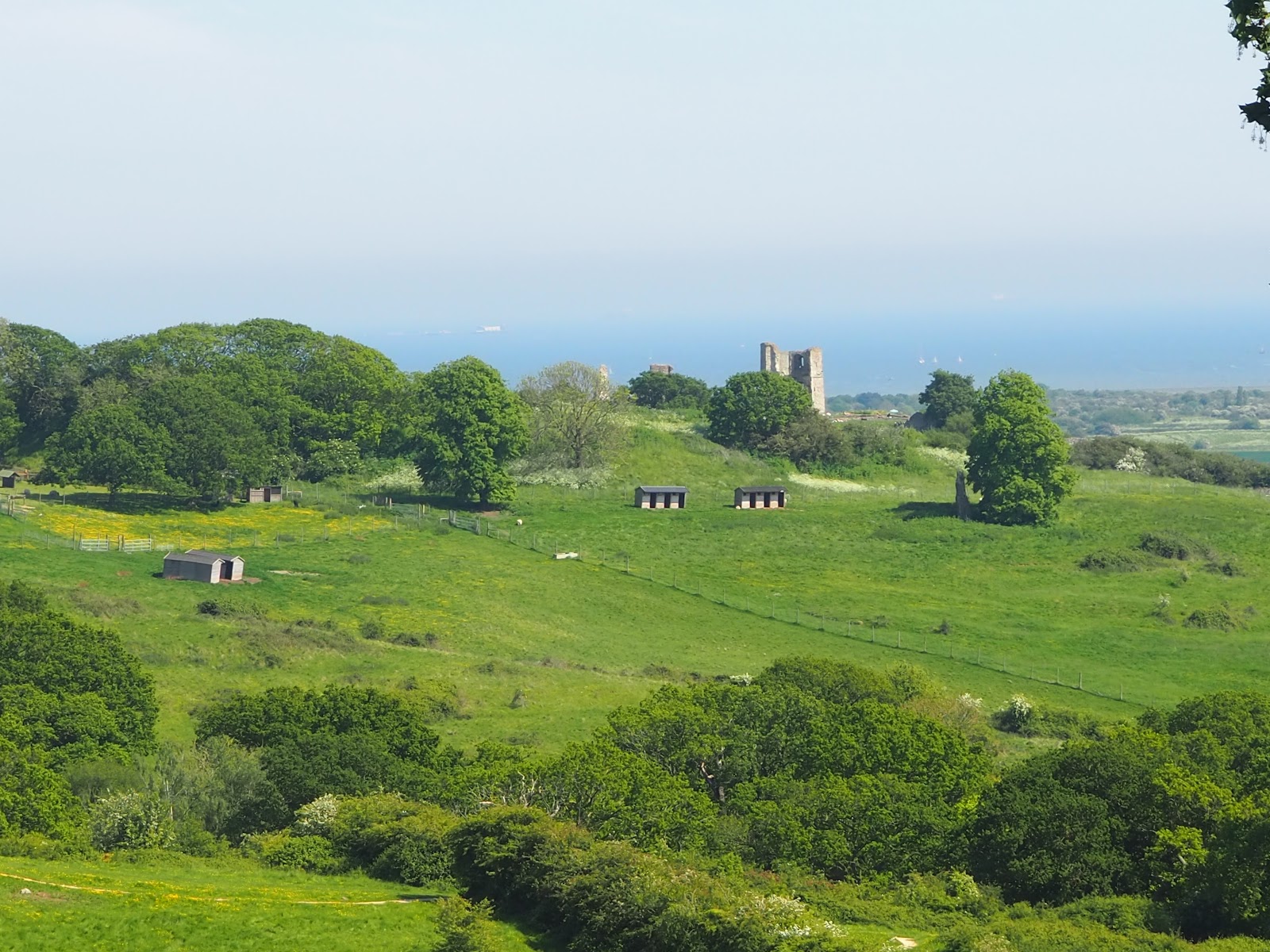I was once ‘in conversation’ with Will Self for The Believer magazine, and I mentioned something that Edmund White says in his book The Flaneur, that in Paris heterosexuals cruise each other the same way that homosexuals do.
This didn’t sound very likely to me though I was in no position to argue, and I offered the opinion to Will Self, that to a boring old heterosexual such as myself, gay cruising sounded like really hard work, a series of complex negotiations involving body language, dress codes, posing, eye contact and what not, all done while walking.
Will Self, naturally, disagreed, ‘I think it sounds like enormous fun … Go out, have a walk, and score. Bliss!’
Well, bliss is a lot to ask of any walk, and I don’t think there’s any such thing as a ‘perfect walk’ but a week or two back I was walking, with others (hi there Mel, Marianne, Caroline) in Hadleigh Country Park, right here in Essex, and it was very fine indeed.
I think none of us was in the mood for a major expedition, I certainly wasn’t – we’d had a good lunch - and I wasn’t expecting too much from this walk, but it occurs to me now that perhaps one of the secrets of a good walk is to have no expectations: – not low expectations, but none at all, which is to say that in this case I had very little idea what I was in for, which was good.
Hadleigh Country Park is a 387 acre patch, that gives you a view of the Thames Estuary, Hadleigh Castle, and even, and for me this was wonderful – Southend Pier, that’s the white rectangle you can just about see in the far distance. I thought this was fantastic.
The Park was also the venue for the 2012 Olympic Mountain biking course, and the bike tracks remain though on the day we were there bikers were few and far between, which was how we liked it.
Today there’s also a glamping facility, and apparently there are roaming cows, none of which we crossed paths with, though there was much fecal evidence of where they’d been. There was also this somewhat Magritte-ish door which I’d guess (and I am only guessing) was once part of a kids’ adventure playground, though it’s now kept locked – probably something to do with health and safety.
And best of all there were world war two bunkers. I do love a good bunker or pillbox or related buildings (though it's not a sex thing), and of course the Thames Estuary was a place that really needed them during hostilities. In this case you could get right up close and personal, and even look right inside. I'd had no idea.












































